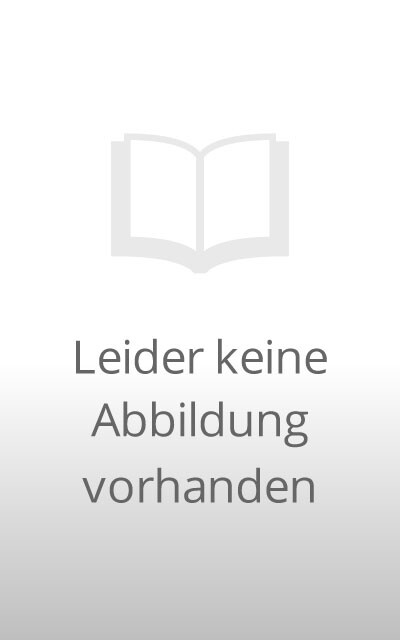Powerful, flexible, and easy to use, Python is an ideal language for building software tools and applications for life science research and development. This unique book shows you how to program with Python, using code examples taken directly from bioinformatics. In a short time, you'll be using sophisticated techniques and Python modules that are particularly effective for bioinformatics programming.
Bioinformatics Programming Using Python is perfect for anyone involved with bioinformatics -- researchers, support staff, students, and software developers interested in writing bioinformatics applications. You'll find it useful whether you already use Python, write code in another language, or have no programming experience at all. It's an excellent self-instruction tool, as well as a handy reference when facing the challenges of real-life programming tasks.
Become familiar with Python's fundamentals, including ways to develop simple applications
Learn how to use Python modules for pattern matching, structured text processing, online data retrieval, and database access
Discover generalized patterns that cover a large proportion of how Python code is used in bioinformatics
Learn how to apply the principles and techniques of object-oriented programming
Benefit from the "tips and traps" section in each chapter
Inhaltsverzeichnis
Preface;
Introduction;
Python;
Notes;
Conventions Used in This Book;
We'd Like to Hear from You;
Using Code Examples;
Safari® Books Online;
Acknowledgments;
Chapter 1: Primitives;
1.1 Simple Values;
1.2 Expressions;
1.3 Tips, Traps, and Tracebacks;
Chapter 2: Names, Functions, and Modules;
2.1 Assigning Names;
2.2 Defining Functions;
2.3 Using Modules;
2.4 Tips, Traps, and Tracebacks;
Chapter 3: Collections;
3.1 Sets;
3.2 Sequences;
3.3 Mappings;
3.4 Streams;
3.5 Collection-Related Expression Features;
3.6 Tips, Traps, and Tracebacks;
Chapter 4: Control Statements;
4.1 Conditionals;
4.2 Loops;
4.3 Iterations;
4.4 Exception Handlers;
4.5 Extended Examples;
4.6 Tips, Traps, and Tracebacks;
Chapter 5: Classes;
5.1 Defining Classes;
5.2 Class and Method Relationships;
5.3 Tips, Traps, and Tracebacks;
Chapter 6: Utilities;
6.1 System Environment;
6.2 The Filesystem;
6.3 Working with Text;
6.4 Persistent Storage;
6.5 Tips, Traps, and Tracebacks;
Chapter 7: Pattern Matching;
7.1 Fundamental Syntax;
7.2 The Actions of the re Module;
7.3 Results of re Functions and Methods;
7.4 Putting It All Together: Examples;
7.5 Tips, Traps, and Tracebacks;
Chapter 8: Structured Text;
8.1 HTML;
8.2 XML;
8.3 Tips, Traps, and Tracebacks;
Chapter 9: Web Programming;
9.1 Manipulating URLs: urllib.parse;
9.2 Opening Web Pages: webbrowser;
9.3 Web Clients;
9.4 Web Servers;
9.5 Tips, Traps, and Tracebacks;
Chapter 10: Relational Databases;
10.1 Representation in Relational Databases;
10.2 Using Relational Data;
10.3 Tips, Traps, and Tracebacks;
Chapter 11: Structured Graphics;
11.1 Introduction to Graphics Programming;
11.2 Structured Graphics with tkinter;
11.3 Structured Graphics with SVG;
11.4 Tips, Traps, and Tracebacks;
Python Language Summary;
Language Components;
Types and Expressions;
Statements;
Notes;
Collection Type Summary;
Types and General Operations;
Specific Collection Types;
Iteration Templates;
Colophon;











